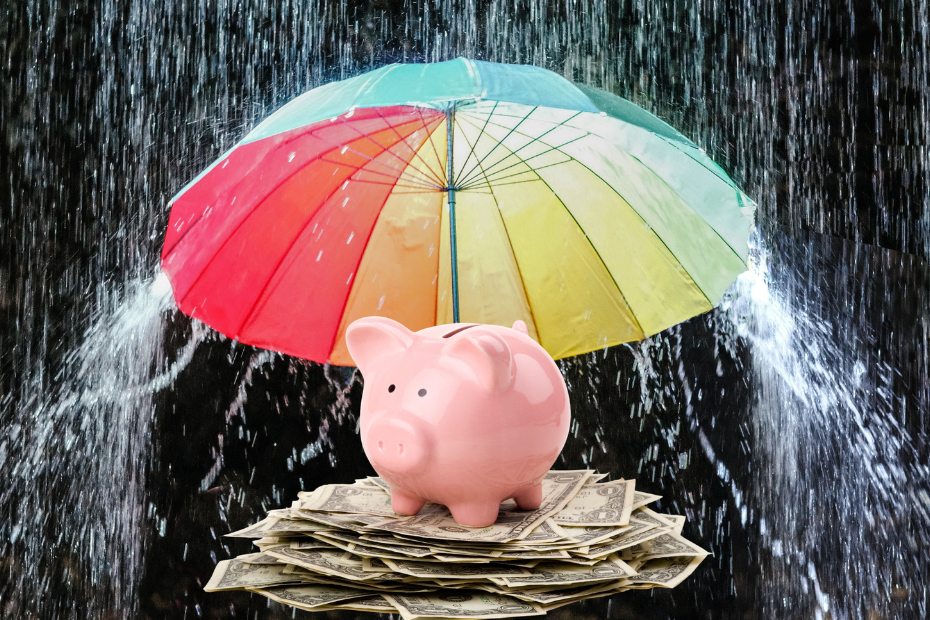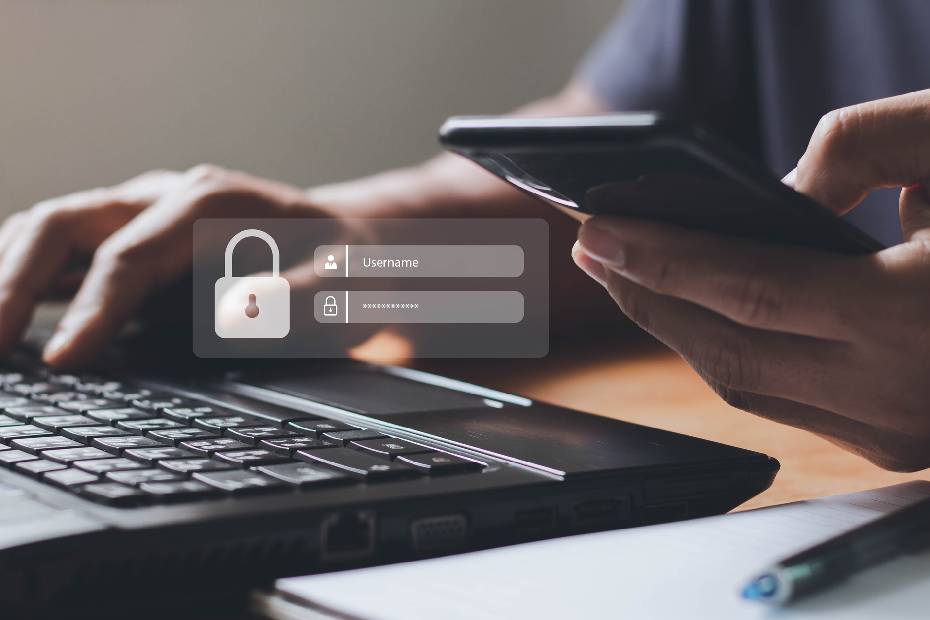Published July 13, 2023 • 3 Min Read
When you think about building a financial plan, topics like managing expenses, paying down debt and investing for the future come to mind. However, setting aside money for the unexpected can act as a safety net for the future and may be just as important as any of the other elements in your financial plan.
What’s the difference between a rainy day fund and an emergency fund?
-
A rainy day fund is there to help you cover smaller unforeseen expenses, like car repair or an ailing pet. Rainy day funds typically range from $500 to $2000.
-
An emergency fund is not meant to cover your living expenses in the event of a job loss. Emergency funds are usually equal to 3-6 months’ salary.
Creating your rainy day fund
-
Set a savings goal: The first step in creating a rain day fund is setting a savings goal. Having a clear financial goal will help you stay focused and motivated to hit your savings goal. Are you comfortable knowing you can cover the unexpected cost of a new washer if needed? Whatever the goal, whatever the dollar value, make sure to set a financial target to strive towards.
-
Create a budget: Creating a monthly budget is an important next step. Listing all money coming in, and all necessary expenses (such as housing, transportation, and groceries), will help determine how much discretionary money remains. This is also a great time to look at non-essential spending to identify areas where you may be able to cut back and save. While paying down existing debt and investing for the future are also important, dedicate a portion of your discretionary money towards your rainy day fund.
-
Separate savings: It’s crucial to set up a separate savings account for your rainy day fund. When your rainy day savings are sitting in your everyday transaction account, it may be tempting to ‘just borrow’ from it. Keep savings and everyday expenses in separate accounts. Out of sight, out of mind.
-
Automate savings: One helpful strategy is to automate your rainy day savings. Tools like RBC’s NOMI Find & Save let you set the dollar amount you want to be saved and how often. The savings will be automatically redirected to your rainy day account.
-
Find creative ways to save: Spend some time reviewing your non-essential expenses to determine where you might be able to cut back. Start by focusing on cutting back on discretionary spending. Reach out to your utility providers to negotiate better rates on cable or internet costs. Every dollar helps! All monies saved should be used to pay down current debt or be redirected towards your rainy day fund.
-
Use windfalls wisely: If bonuses or tax refunds find their way into your bank account, consider sending a portion of your mini-windfall to your rainy day fund (and keep some for personal spending or entertainment). Life can’t be all serious. Everyone needs a little fun.
Make saving for the unforeseen a financial priority that’s part of your overall financial plan. Doing so will provide you with a greater sense of financial security today and reduced stress during trying times.
Want your savings to grow even faster? Consider a High Interest eSavings Account today!
This article is intended as general information only and is not to be relied upon as constituting legal, financial or other professional advice. A professional advisor should be consulted regarding your specific situation. Information presented is believed to be factual and up-to-date but we do not guarantee its accuracy and it should not be regarded as a complete analysis of the subjects discussed. All expressions of opinion reflect the judgment of the authors as of the date of publication and are subject to change. No endorsement of any third parties or their advice, opinions, information, products or services is expressly given or implied by Royal Bank of Canada or any of its affiliates.
Share This Article






